May 17, 2025 | 22:26 GMT +7
May 17, 2025 | 22:26 GMT +7
Hotline: 0913.378.918
May 17, 2025 | 22:26 GMT +7
Hotline: 0913.378.918
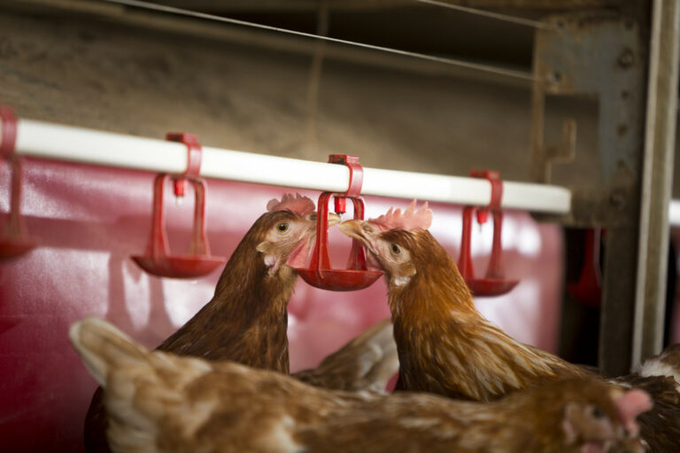
Both layers and broilers tend to have a smaller environmental footprint than some species. Photo: Trouw Nutrition.
And today we have the metrics and tools to do so.
As regulatory bodies, retailers, and consumers seek greater transparency in how food is produced, is there an opportunity to further reduce the environmental footprint of egg production and add value for retailers and consumers alike? Accessing farm-specific data that can inform sustainability improvements can help farms differentiate their businesses and potentially make their eggs more profitable.
Eggs offer a good example of how emerging desires in the marketplace can create opportunity for industry stakeholders. Consumers and retailers are increasingly calling for greater transparency when it comes to food production, and regulatory bodies continue to assess the environmental footprint of food production. By disclosing the environmental footprint of their operations, egg producers can leverage sustainability as a powerful differentiator in the marketplace and help future-proof their businesses.
Examining poultry’s carbon footprint
As greenhouse gas (GHG) emissions vary by species, the carbon footprints of different types of livestock production have been evaluated. Poultry – both layers and broilers – tends to have a smaller footprint than some species (Figure 1). However, birds still contribute to the total generation of GHGs by the animal production sector.
The smaller environmental footprint of poultry production presents an opportunity for egg packers and retailers to differentiate their products and help consumers make food choices based on their values. Free-range hens or specific poultry concepts like Kipster already provide options for customers interested in animal welfare. Similarly, the ability to disclose a facility’s carbon emissions could provide enhanced transparency for consumers interested in low-carbon diets. As consumers “vote” with their wallets, a more sustainable egg can be a more profitable egg for stakeholders across the value chain, including retailers, packers, and producers.
Data is essential to substantiate claims asserting the environmental benefits of producers’ sustainability efforts. Tools that allow producers to quantify and demonstrate the small carbon footprint of eggs produced at their operations could elevate consumers’ awareness of eggs as an environmentally responsible and cost-effective protein source. Routinely monitoring and calculating the production footprint could be a way to provide a useful sustainability scorecard representing a farm’s sustainability profile.
Evaluating sustainable production metrics
How can stakeholders in the food chain demonstrate their efforts to reduce the carbon footprint of food production? Retailers will likely drive the sustainability effort as they seek to bring down the carbon footprint of food sold. Having a clear understanding of the inputs that contribute to an egg’s environmental footprint is a first step in communicating the sustainability of an egg. As an industry, layers see the largest amount of GHGs come from feed production, fuel use, and manure management. Providing farm-specific data could provide a competitive differentiator when marketing a farm’s eggs to retailers.
Operation-specific data could also identify areas to further reduce a farm’s carbon footprint. Many metrics needed to make these assessments – like feed input and production output – may already be available. If captured and analysed, this and other data could help calculate metrics like a site’s total CO2 emissions. Regular monitoring of metrics and emissions can help producers track environmental footprint, target reduction goals, and communicate farm-specific data that differentiates their production practices in the minds of retailers and consumers.
Reducing the raw material footprint
The selection and sourcing of raw materials used in the poultry diet are important considerations when seeking to optimise the sustainability of eggs. Feed ingredient sources and land use implications can have a huge influence on sustainability and a feed’s total carbon footprint. For example, sourcing soy from South America will have a much higher effect on a European farm’s carbon footprint compared to protein ingredients sourced locally that require minimal transport and weren’t raised on ecologically fragile land or part of deforestation practices. Egg packaging that mentions the sustainable sourcing of ingredients supports transparency and provides meaningful information for customers seeking to reduce the footprint of their diets.
Genetics are another factor to consider. Selecting genetics that favour birds with a longer production period and supporting them with good nutrition and management can help flocks produce more eggs over a longer period – even reaching 100 weeks of production. Improving the longevity and total production per hen housed helps to increase sustainability, as you produce more with less inputs.
Making the good even better
Whether served as a main course, added to a salad or baked into a savory cake, the versatile egg is a cost-effective and nutrient-rich source of protein. As buyers become more environmentally conscious, industry stakeholders including egg producers, packers and feed mills who can assess the sustainability of their operations and share meaningful metrics from raw ingredient selection to finished product can differentiate their business, and potentially make a good thing even better.
(Poultryworld)

(VAN) Muong Nhe Nature Reserve hopes that being upgraded to a national park will lay the foundation for forest protection efforts to be carried out in a systematic, modern, and sustainable manner.
/2025/05/16/3923-2-171845_52.jpg)
(VAN) Lower costs, higher yields, and improved soil quality are outstanding benefits that soybeans bring when integrated into the crop rotation system.
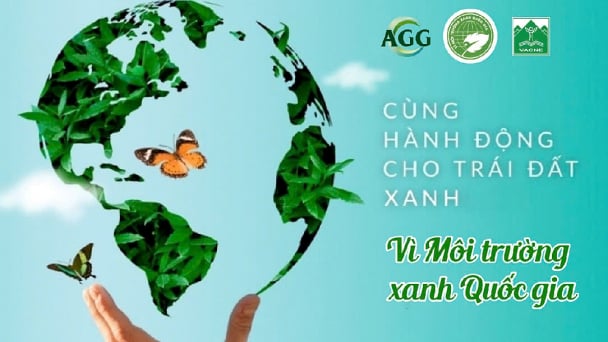
(VAN) The 'For a Green National Environment' programme aims to promote a green lifestyle, support businesses in implementing ESG practices, and turn Net Zero commitments into concrete actions.
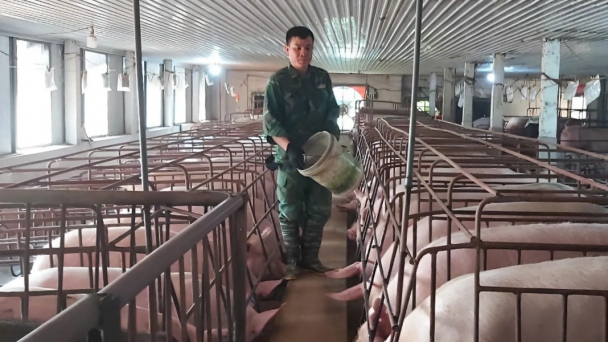
(VAN) Cold-barn systems efficiently manage environmental and temperature conditions, which aids in the prevention of respiratory diseases in pigs and protects them from the vectors that transmit African swine fevers.
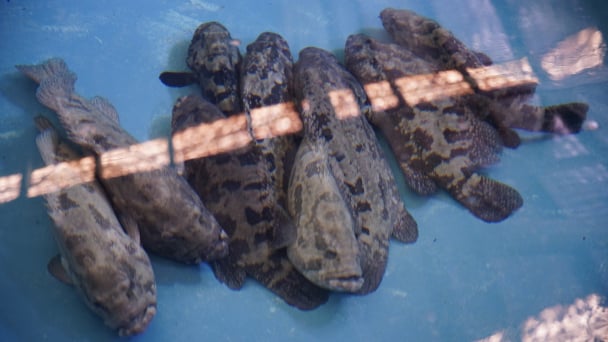
(VAN) To tackle challenges, the project 'Addressing key technical bottlenecks in the grouper supply chain in Vietnam' has been underway since 2024.
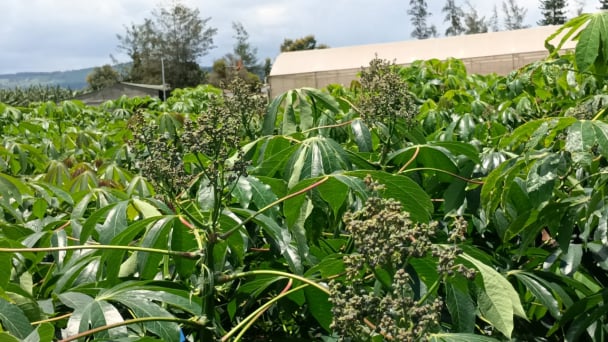
(VAN) The project 'Disease-Resilient and Sustainable Cassava Production Systems in the Mekong Region', funded by the Australian Center for International Agricultural Research (ACIAR), is being implemented from 2024 to 2028.
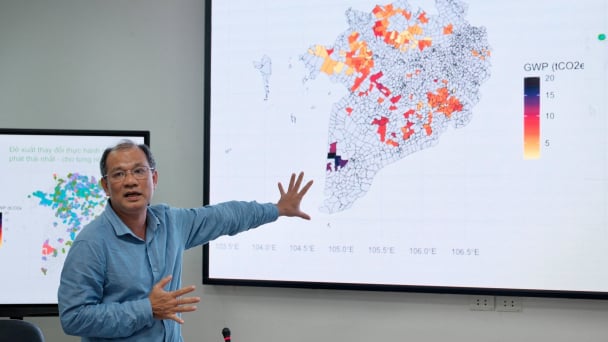
(VAN) Data from 10,000 farming households will help professionalize production organization and support the implementation of the One Million Hectares Program for High-Quality, Low-Emission Rice Cultivation.